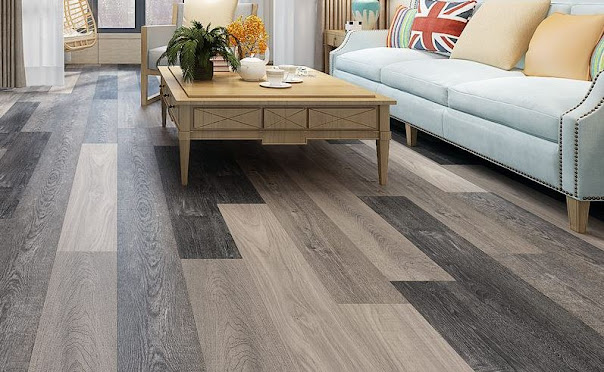How Carpet Abu Dhabi Is A Renowned Market For Purchasing Carpets, With A Variety Of Unique Designs And Colours Available?
Carpet abu dhabi is an incredible place to visit, whether you’re a rug lover or just interested in learning more about the local culture. From tribal kilim to hand-knotted silk Persian, this is one of the world’s leading markets for purchasing carpets.
Can Be Made From Polypropylene, Polyester Or Rayon Materials
The city is home to a variety of unique designs, colours and impeccably crafted pieces. These iconic woven artworks are created using special techniques and are revered for their craftsmanship, beauty and exceptional quality.
A rug is a woven or knotted synthetic material used to cover floors. Carpet abu dhabi can be made from a variety of materials, including polypropylene, polyester or rayon. They come in a range of shapes and sizes, and can be used for both residential and commercial purposes.
Haggling Will Help Get Better Prices
They are also available in a variety of patterns and designs, depending on the origin of the carpet. The Middle East is home to some of the most famous and highest quality rugs in the world, making Abu Dhabi a great destination for buying these timeless creations.
There are several places where you can purchase a carpet in Abu Dhabi, but the most popular is at the Carpet Souk at the port end of Mina Road. The market is a maze of around 100 shops selling a wide variety of carpets, and you’ll be sure to find a rug that suits your tastes.
It’s a good idea to shop around before you buy, and be sure to haggle. You’ll get a better price if you’re willing to make a deal.
Colour & Symbolising Life In Desert
The largest Best Carpets in Abu Dhabi in the world is located in the Sheikh Zayed Al Nahyan Mosque, which was built in Abu Dhabi in 2011. It took over 10 years to build, with 38 contracting companies and 3,000 workers involved in the project.
As part of the mosque’s construction, the government of Abu Dhabi solicited artistic commissions from around the world. Some of these commissions included creative ceramic, gold and stone work from different countries. In recognition of the rich history of carpet weaving in the Middle East, Iran contributed a large carpet to the main prayer room.
Conclusion:
This amazing piece of art features a stunning green color, which is significant for a few reasons. First, it was Sheikh Zayed’s favorite color; second, it is the first color of the Islamic flag; and third, it symbolizes life in the desert. Its perimeter is a yellow beige, which represents sand and the sand surrounding an oasis.




Comments
Post a Comment